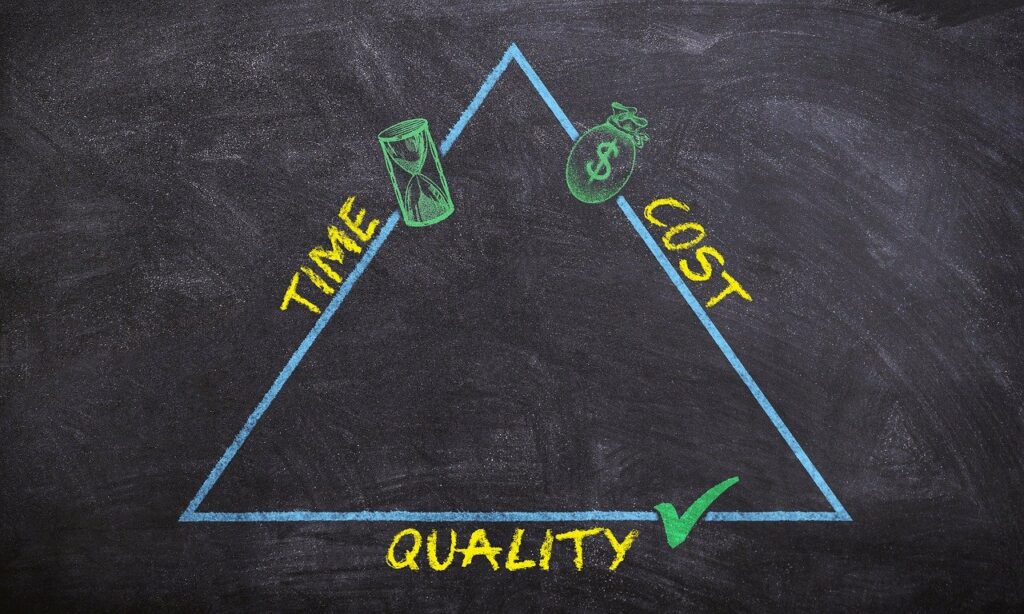The 2021 UN Climate Change Conference (more commonly known as COP26) was an important event for UK business leaders for two reasons.
Firstly, Glasgow’s hosting of the conference presented the opportune moment for raising consumer awareness of the need to take specific actions against climate change.
Secondly, new legislation and guidance came into force in the days leading up to and after the conference. These new rules include making Environmental, Social, and Governance (ESG) initiatives a key component of an organization’s overall business strategy.
For example, the long-awaited Environment Act finally passed into law in November 2021. The law establishes an official post-Brexit legal framework that will shape environmental standards and legally-binding guidance for air and water quality, biodiversity, and waste management.
Meanwhile, organizations bidding on government contracts with an annual value of at least £5 million will now be required to show evidence of their commitment to achieving net zero carbon emissions by 2050. Under the procurement policy guidelines in Public Policy Note 06/21, contractors must provide a carbon reduction detailing the source of their carbon emissions and how they plan to offset them.
However, addressing your organization’s environmental impact is just one aspect of ESG. Here’s what every small business owner should know about implementing an ESG program.

Post Contents
What Is An ESG Program?
In the context of business, an ESG program is a company-wide initiative that considers its impact on workers, customers, and the community where it operates.
It uses environmental, social, and corporate governance (ESG) criteria to improve its operating practices, for example, to have a more meaningful impact on society — going beyond generating profits for owners and investors.
The first step of establishing an ESG program for the average small business is to understand its individual components.
- E for the Environment: This element of ESG assesses how well your business manages its impact on the environment. With climate change being the existential threat that it is, addressing the environmental component of ESG is often the first thing many small businesses focus on.
- S for Social: The social element of ESG evaluates your relationship with the people in your organization and the community you’re in. Examples of key areas of focus under this criterion include health and safety, equality, diversity and inclusion, and charitable giving.
- G for corporate Governance: Corporate governance refers to the systems through which the organization and its people hold themselves accountable. The governance element of ESG focuses on meeting tax obligations, preventing corrupt practices and fraud, and improving transparency, among others.
How To Improve Your ESG Performance
1. Document Your Desired Positive Impact
The simple act of creating a positive impact statement — a document that outlines your ESG goals — goes a long way towards setting an overall direction for your business and employees.
For example, if your goal is to improve equality, diversity, and inclusion in your workforce (a priority of 85% of UK organizations), your positive impact statement can outline how to meet this goal and how to determine whether you’ve achieved it.
This brings us to our next point.

2. Identify Your ESG Metrics To Track Progress
Setting any goal to improve your ESG performance would be useless without any system for measuring your progress. This is where metrics and key performance indicators (KPIs) come in.
For example, a business concerned about its environmental impact can measure its carbon footprint by calculating its annual carbon emissions. This can also inform the target number of kilowatt hours of electricity you need to save a year.
3. Assess Your Workers’ Travel Habits
Business travel and daily commutes to work are areas that present several opportunities for ESG improvement. Where possible, encourage remote conferences to reduce the need for business travel, which accounts for the largest share of carbon emissions in companies like PwC.
You can also conduct a commute-to-work survey to determine whether there are any opportunities to encourage travel by bicycle and public transportation. You may be able to incentivize more sustainable methods of travel under the right circumstances.
4. Show Your Support For A Social Issue
Forming long-term partnerships with groups and organizations in your community is a great way to elevate your corporate social responsibility (CRS) program into a real relationship instead of something you’re just obligated to do.
For example, construction businesses that wish to embody the values of fairness, inclusion, and respect (FIR) can partner with community groups to organize job fairs and connect women and minorities — who have historically been underrepresented in construction — with career opportunities.
Over To You
While every organization has unique ESG criteria, the steps above should help any small business improve itsESG performance in some way or another.






























